Pruning & Trimming
Making your trees safe, healthy, and beautiful.
Serving all of South Florida
Broward County
Palm Beach County
Miami-Dade County
Pruning & Trimming That Ensures the Health of Your Trees
Regular pruning is essential to the health of your trees and provides a safer environment, especially in preparation for a storm. There is no right or wrong time to trim and maintain trees in South Florida - pruning can be done all year. Palm trimming and tree pruning by our qualified professionals can ensure that your trees grow beautiful, healthy, and strong throughout the year. We are experts in the proper pruning for all varieties of trees, since each has its own particular requirements.
Our ISA-Certified Arborists and tree care experts are trained to analyze the condition of your trees and determine the type(s) of pruning required to balance your goals and those of managing the tree's health and safety. We will never prune a tree in a way that may be detrimental to its structural integrity or health.
Our Pruning Services
Healthy trees, palms, shrubs, and turf are better able to withstand pest attacks, infections, and weather stress. By providing the right nutrients and growing conditions, we'll keep your plants healthy.
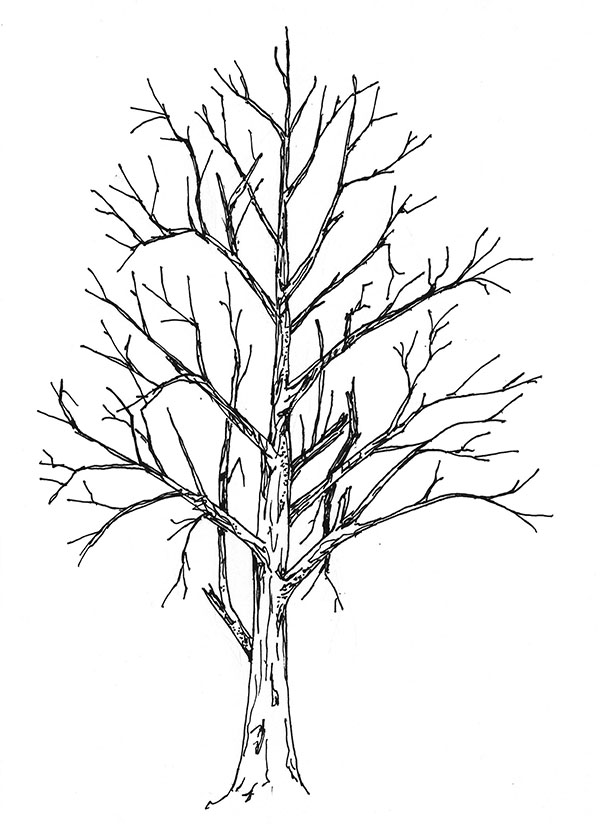
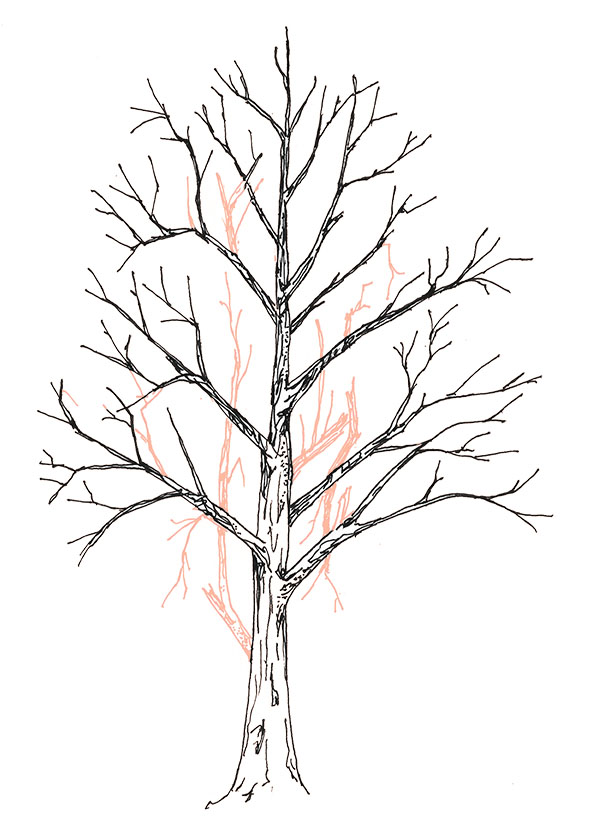
Crown Cleaning
This widely-used term in the tree care industry includes pruning out dead or dying, broken, diseased or unhealthy, and crossing branches. Pine trees and palms in Florida routinely need crown cleaning.
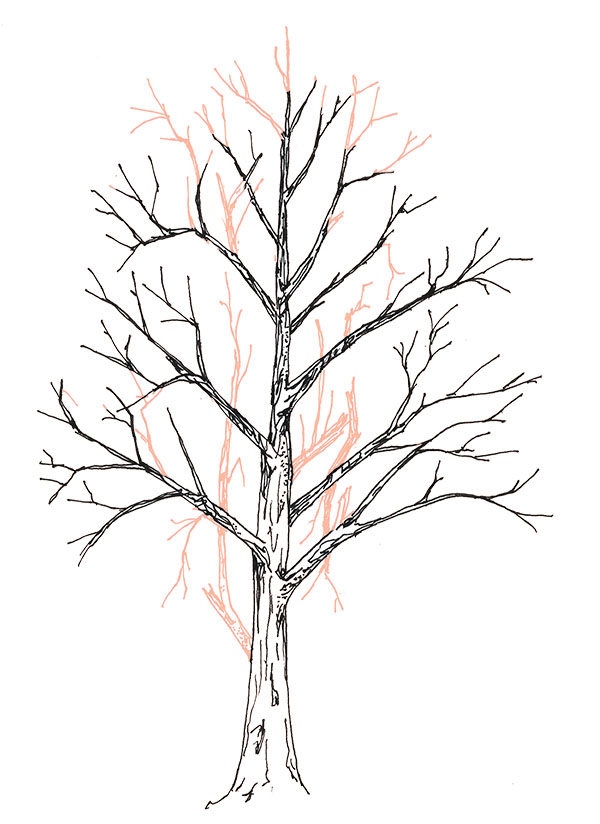
Crown Reduction
Although reduction pruning involves reducing the size of a tree, it is NOT the same as tree topping!
Proper crown reduction is done by pruning all primary limbs and leaders in the outer canopy back to secondary limbs that are large enough (at least 1/3 the diameter of the cut branch) to form the new canopy edges and become the primary leader for limbs that were reduced.
The canopy size is generally reduced by ¼ to ⅓ (height and width), depending on the type of tree, while maintaining the structural integrity and overall appearance of the tree.
>> Learn more about crown reduction to reduce the size of your trees

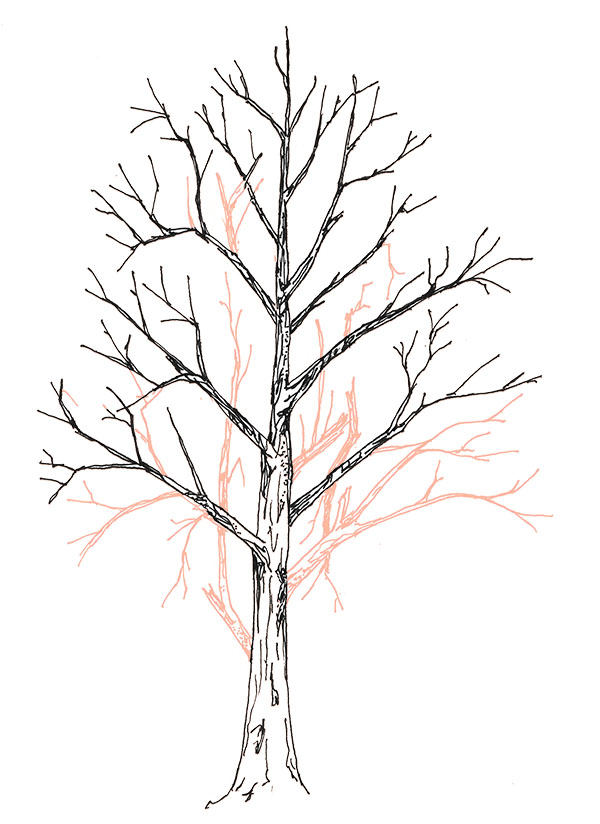
Crown Raising or Elevating
This type of pruning typically removes the lower branches from a tree to provide clearance for buildings, vehicles and pedestrians. It also includes reducing the spread of a tree to provide additional lateral clearance to buildings.
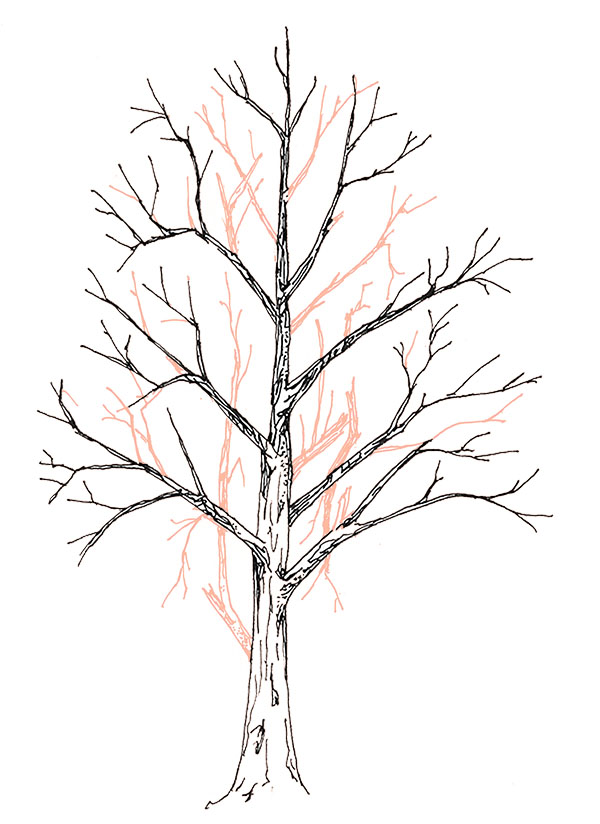
Crown Thinning
Many varieties of trees grown in south Florida are prone to developing thick and heavy canopies. Crown thinning involves selectively removing branches to lighten the weight of heavy branches and open the canopy to improve light penetration and air movement. Done properly, it improves the tree's overall structure and keeps its natural shape.
Thinning does NOT mean removing branches from the interior of the tree; instead, pruning is focused on the outer parts of the canopy (toward the branch ends).
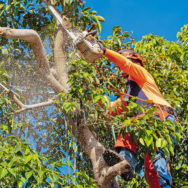
Structural Pruning
This type of tree pruning is done from an engineering perspective. Trees don't fail in storm events (such as hurricanes) solely because they are too big or too tall; in many cases, they fail because the canopy is not able to dissipate wind energy effectively. Structural pruning deals with this critical issue. Some branches that would be pruned under this guideline include:
- Weakly attached branches, including those with narrow crotch angles and co-dominant stems with included bark.
- Crossing and intertwined branches.
- Branches spaced too close together on the main trunk.
- Watersprouts and growth arising from past topping cuts.
Our crews are trained to recognize these weak branches while taking into account the tree's natural tendencies in order to make pruning cuts that will best maximize each tree's unique structure.
Improve Appearance
Pruning affects the appearance of a tree. By cutting off dead limbs or removing sections of the tree that are growing faster than others, you're giving your tree a whole new look.
Basically, it's like a haircut for your tree. Good grooming is beneficial to trees, since it enhances the shape of the tree. This is especially important for trees that you've planted for the sole purpose of adding aesthetic appeal.
Create a Stronger Tree
That juniper tree in your yard will be able to withstand harsh weather better after it has been pruned. When a professional tree service uses the proper technique, tree pruning has the ability to make the roots stronger, which ultimately means that the tree is healthier and can hold up better in a storm. Moreover, pruning can help the new branches to grow.
Produce More Fruit
Any type of tree that produces fruit benefits from pruning. By removing dead limbs, you're promoting better health in the tree, since dead wood makes the tree more susceptible to insect infestation and disease.
Additionally, pruning a fruit tree you may have encourages the growth of spurs, which will produce fruit the following year. Ultimately, pruning promotes an increase in fruit production.
In some cases, you may want to remove fruit, rather than producing more. Palm trimming can help eliminate the mess caused by dropping fruit or, in the case of coconut palms, prevent safety issues from falling coconuts.
Safety
By far, this is the most imperative reason to hire someone to prune your tree. The dead branches fall very easily during high winds or a severe storm. Even when weather conditions are ideal, these branches may fall. Other hazardous branches include ones hanging over the roof of your home and ones growing into electric lines.
Additionally, cracks in the tree, decay, cankers and poor root growth are all able to cause safety issues.
Treat Diseases
Just like human beings, trees may contract disease. Through pruning, the disease may be treated and prevented from spreading. Therefore, pruning not only prevents disease, it also helps treat it.
Improve Your View
Vista pruning is a term that describes a type of pruning used for the purpose of enhancing a view of a valley, lake or other natural structure. Hiring someone for vista pruning entails removal of trees and branches that block the view of these naturally occurring splendors.
Create More Space
Whether it's to make room for new construction or remove branches that are obstructing traffic or pedestrians, proper pruning can help you create more space without damaging the health or longevity of the tree.
Risk Increases Without Regular Pruning
There are several consequences of not conducting a regular pruning program. These include:
- increased risk of failure, especially during hurricanes
- development of low limbs that block traffic and passersby
- development of co-dominant stems (this is a structurally weak form that's prone to splitting apart)
- defects, such as included bark that develops where branches emerge from the tree trunk (it makes the branch attachment weaker and more likely to break)
- dead branches that can fall without warning
- obstructed views
Research Shows ...
Well-Pruned Trees Survive Hurricanes Best
Poor pruning practices, such as topping or removing large branches, make trees more susceptible to wind failure. A study done after Hurricane Andrew in 1992 (Duryea et al. 1996), found that trees that had been pruned properly (not topped and with more open and well-distributed crowns) survived high winds better than unpruned trees. Survival for pruned trees was 73% compared to 47% for unpruned trees, showing that overall, pruned trees are less likely to fail in hurricanes.
The researchers had two recommendations:
RECOMMENDATION 1 Begin a preventive pruning program for both young and mature trees. The main goal of preventive pruning is to reduce the length of branches competing with the main trunk.
RECOMMENDATION 2 Select the right tree for the right location to avoid poor pruning practices. To allow healthy crown development, plant considering the aerial space needed for a mature-sized tree. Under power lines, the preferred option is to plant smaller trees that will better fit the space.
Duryea, M.L. and Kampf, E. 2017. Wind and Trees: Lessons Learned from Hurricanes. School of Forest Resources and Conservation Department, UF/IFAS Extension, University of Florida, Gainesville, FL.
Call Today for a Free Pruning or Trimming Estimate
We provide pruning services throughout South Florida.
Why Sherlock Tree Company?
The Sherlock Approach to Tree Pruning
Safety Always Comes First
Pruning may seem simple, but it's not! Often, our crews must climb a tree to trim or prune fronds or branches. Cut branches must be carefully dropped or lowered safely to the ground without harming people, structures, or landscaping below. Our certified arborists are highly trained to safely and efficiently prune trees of all types and sizes, and all work is monitored by a Certified Treecare Safety Professional (CTSP).
Use Industry Best Practices
The tree care industry has specified best practices for pruning in the ANSI A300 Pruning Standards. These standards are meant to preserve the health and beauty of your trees while minimizing safety risks to workers and reducing the possibility of the tree becoming a safety hazard.
Consider the tree's health
Trees are living organisms that continuously change over time. Professional pruning always takes into consideration how pruning cuts will affect the tree's health and longevity, as well as appearance and safety. Improper pruning can ruin a tree's aesthetic appeal, compromise its health, and even lead to its decline and death. That's why we don't use poor tree cutting methods like "topping" or "hatracking" when pruning a tree.
What You Need to Know
If you're thinking about getting your trees pruned, you probably have some questions about the timing, process, and more. Below are answers to the questions we're most often asked but if you have a different question, just give us a call!
Call Our Tree Pruning Experts Today
From palm trimming to hurricane prevention pruning and structural pruning of large or hazardous trees, your trees are in good hands with Sherlock Tree!

